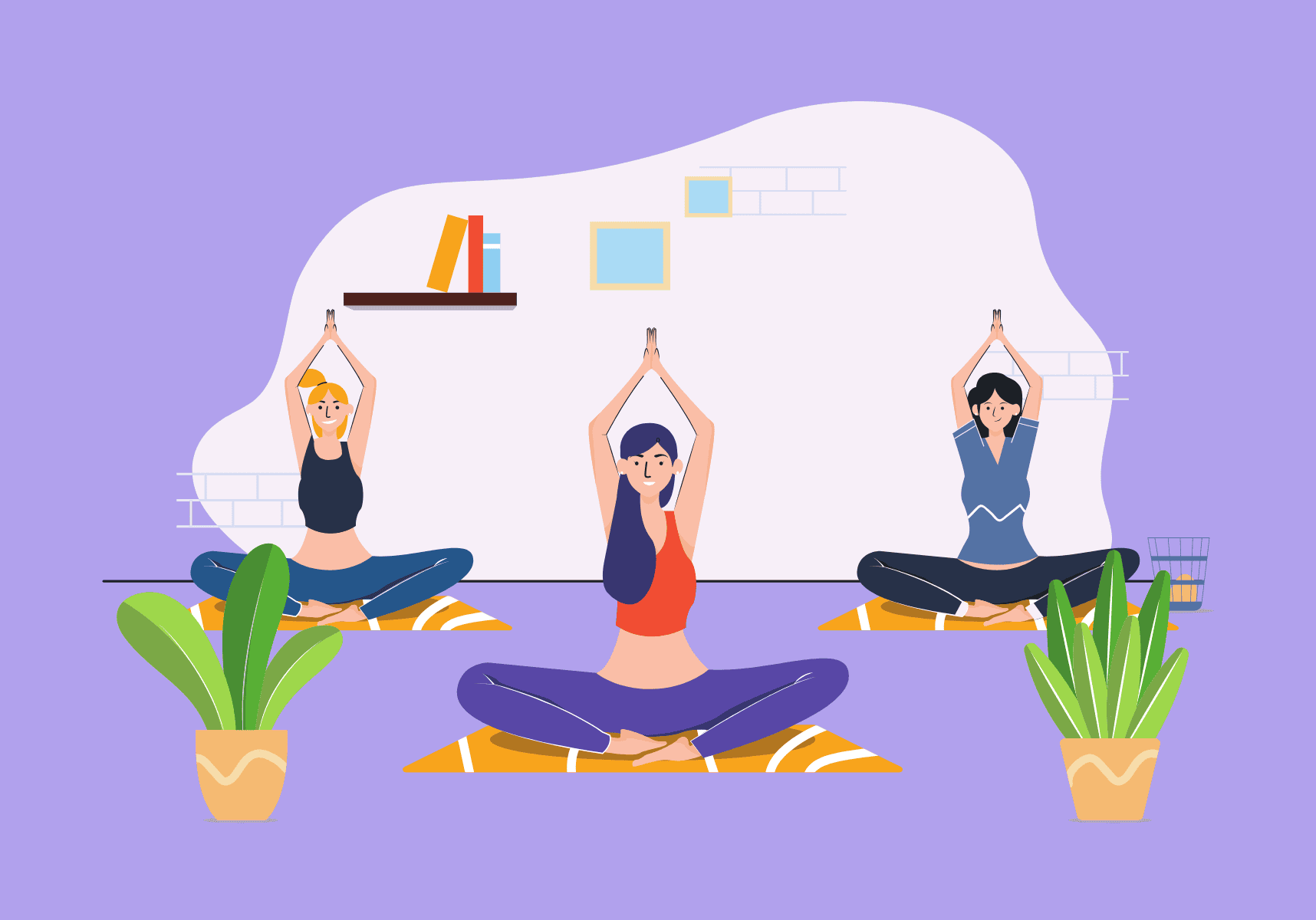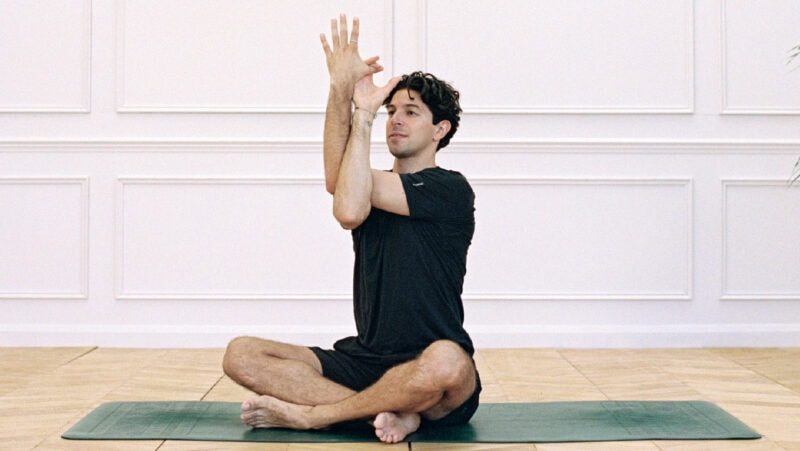
The Essential Guide to Yoga Aftercare
Nurture Your Body and Mind Post Yoga Session - By Beth Rush
Reading time: 3 minutes
Everybody emphasizes the importance of recovery after a workout. Yoga aftercare falls under the same realm, as the practices are taxing.
How Yoga Impacts the Body
Yoga is incredibly fulfilling as it trains your strength and flexibility. Some poses and movements are slow, but advanced routines become more demanding. For example, the Pungu Mayurasana (Wounded Peacock) can be challenging. It requires practitioners to hold themselves up with one bent arm, lifting the legs up behind them.
Yoga can significantly enhance your athletic capabilities, but it can push you to your limits. The body is good at healing, but you must learn how to aid it. Learn to take care of your body after the session.
What Is the Aftercare of Yoga?
The yoga aftercare routine allows your body to recuperate from strenuous poses and constant movement. Some of these steps should be done right after your training session.
1. Have a Cooldown Routine
Yoga demands plenty of motion. When some people are done with their session, they stop completely. However, you may benefit from doing low-intensity exercises first.
For example, try to walk in place to stretch out the legs. You can also stretch your arms. Low-intensity exercises like these can improve athletic performance in the long run. The cooldown routine also gives you some headspace to reflect on the exercise.
2. Take a Bath
A bath is essential to remove all the sweat you’ve worked up during a yoga class. Warm water also relaxes the muscles, which is a treat if you’ve gotten sore and tense. Get in the tub about 30 minutes after your cooldown routine.
Make a relaxation ritual out of your bath time by lighting a few candles* and creating some bubbles. That way, you can soak in the scents and sensation, enjoying the quality alone time.
3. Assess Your Body
After your yoga session, you should try to be conscious of any significant body pains. Ignoring dull aches can result in full fractures in the future. You should seek medical attention when necessary to get the issues sorted out.
As a preventative method, space out your yoga sessions. Some people push themselves to do the exercises daily. However, a study found weekly sessions of 1.5 hours beneficial and manageable. To subscribe to a daily routine, keep the sessions short and sweet.
4. Schedule a Massage
Feeling sore from your yoga session? Schedule a massage every now and then. Let experts work on your shoulders and limbs to remove any leftover tension. This step can help your body recover for future sessions. Plus, it feels really good and can feel like a reward after striking some challenging poses.
5. Eat and Hydrate
Yoga exercises burn through a lot of energy, so replenish your supply with calories. Healthy snacks like fruits, vegetables, and smoothies are great fuel. You can also get your protein from meat and fish.
Hydrate after your yoga sessions as well. Most people need four to six cups of water, but some need more depending on their activity level. Have a bottle next to you to drink when you feel parched.
6. Get Some Sleep
Get some proper sleep the night after your yoga session. The shuteye heals your body and mind from physical activity. If your eyelids start feeling heavy right after exercising, spare yourself a nap. Set an alarm so you don’t oversleep and throw off your body clock.
Care for Your Body After Yoga
Make time after your session to give your body and mind what they need. Follow the yoga aftercare tips above to learn how to recover. You’ll be ready to get on your mat in tip-top condition and conquer your routine with grace.
*commission earned from this link.





